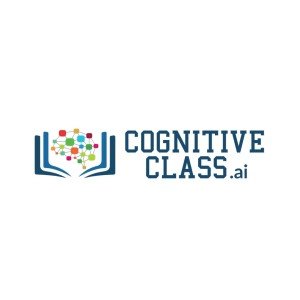Data Analytics
Showing 217–228 of 722 results

Data Scientist Career Guide and Interview Preparation
Kickstart your career as a data scientist with this comprehensive guide. Prepare for interviews with expert tips on resume building, essential skills, and mock interviews to help you land a role in the booming field of data science.

Data Scientist: Analytics Specialist
Data Analysts and Analytics Data Scientists use Python and SQL to query, analyze, and visualize data — and communicate findings.

Data Scientist: Inference Specialist
Inference Data Scientists run A/B tests, do root-cause analysis, and conduct experiments. They use Python, SQL, and R to analyze data.

Data Storytelling Case Study: College Majors
Data storytelling is a high-demand skill that elevates analytics. Learn narrative building and visualizations in this course with a college major dataset!

Data Storytelling Case Study: Green Businesses
Practice data storytelling using real-world examples! Communicate complex insights effectively with a dataset of certified green businesses.

Data Storytelling Concepts
Elevate your data storytelling skills and discover how to tell great stories that drive change with your audience.

Data Storytelling through Visualizations in Python
Learn the art of data storytelling through visualizations in Python, focusing on techniques to communicate insights effectively through data.

Data Storytelling: Moving Beyond Static Data Visualizations
Learn how to present data with narrative and visual motion in the art of Data Storytelling. You will learn how to create, display, and distribute data in a meaningful and impactful way.

Data Transformation in Alteryx
Unlock Alteryx for data transformation, mastering Crosstab, Transpose, and workflow optimization in this interactive course.

Data Transformation in Power BI
You’ll learn how to (un)pivot, transpose, append and join tables. Gain power with custom columns, M language, and the Advanced Editor.

Data Visualization and Analysis With Seaborn Library
An introductory course to familiarize the rich library of Seaborn to visualize variety of data types.

Data Visualization with Tableau
Data Visualization with Tableau with Dinushki De Livera at the 2019 Women in Analytics Conference.
